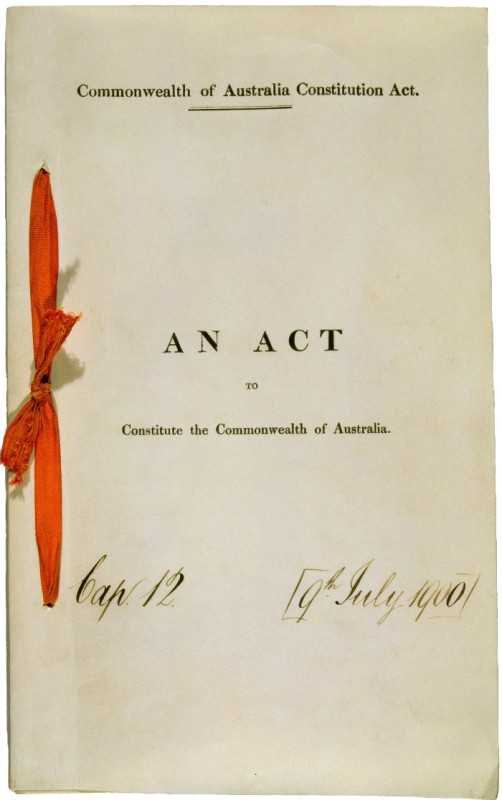What is the difference between exclusive and enumerated powers?

Commonwealth of Australia Constitution Act, 1900: Original Public Record Copy (1900).
Parliament House Art Collection, Art Services Parliament House
Commonwealth of Australia Constitution Act, 1900: Original Public Record Copy (1900).

Parliament House Art Collection, Art Services Parliament House
Description
This image shows the front page of the original public record copy of the Commonwealth of Australia Constitution Act 1900.
Permission for publication must be sought from Parliament House Art Collection. Contact DPS Art Services, phone: 02 62775034 or 02 62775123
The Australian Constitution lists many areas in which the Australian Parliament can make laws. Because these powers are written down, they are said to be ‘enumerated powers’.
Not all enumerated powers are the exclusive powers of the Australian Parliament. The power to make laws in many of the areas listed in section 51 of the Constitution is shared with the states. They are concurrent powers. Concurrent powers include education, marriage and divorce, and taxation. The powers listed in sections 52, 86, 90 and 122 are all exclusive to the Australian Parliament; these powers are not shared with the states.
The Australian Parliament is also able to make laws beyond its enumerated powers. The authority to make these laws may be the result of judgments of the High Court of Australia (see Income Tax (Wartime Arrangements) Act 1942) or convention – tradition.